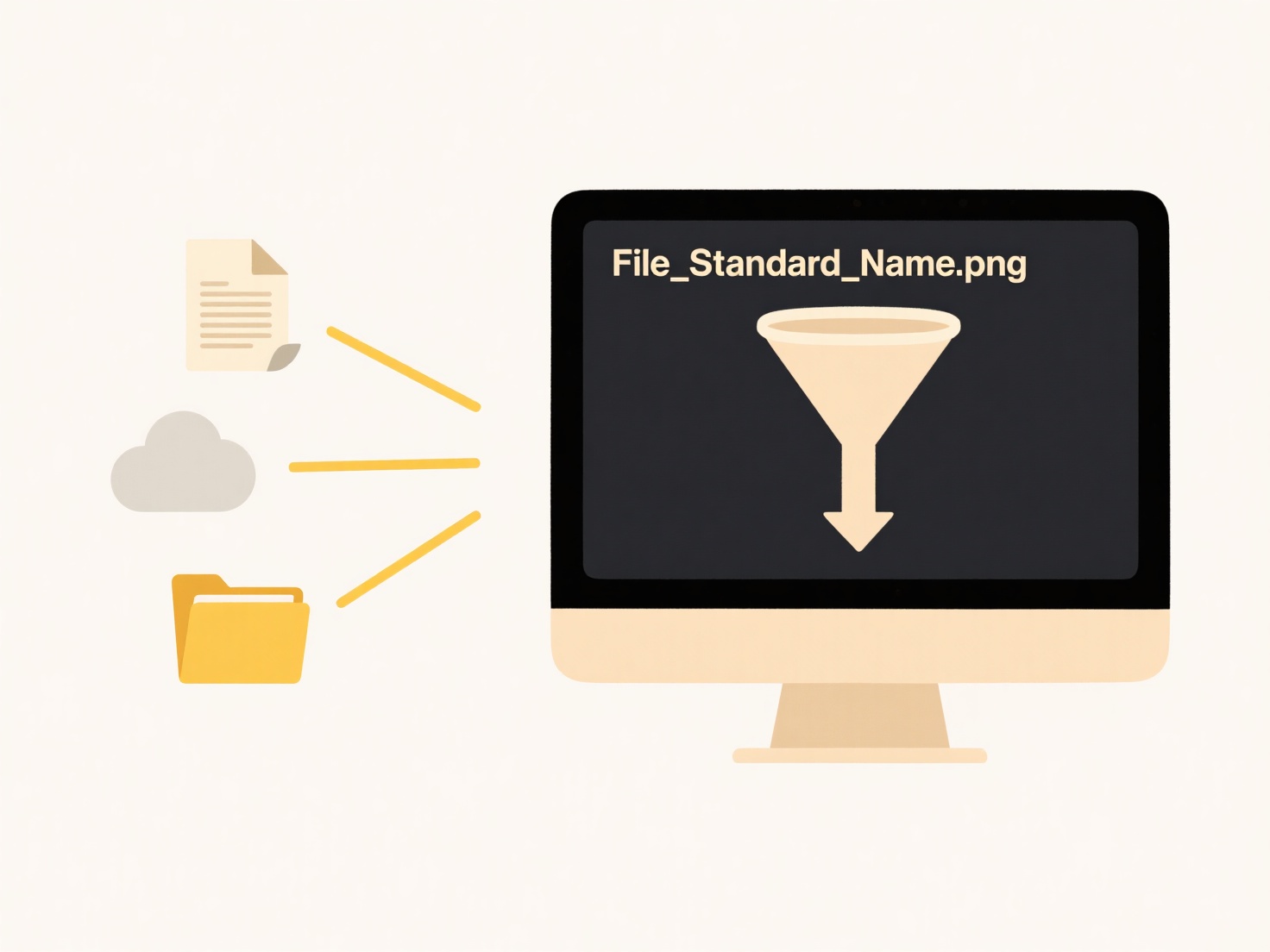
AirDrop is Apple's proprietary wireless file-sharing technology built into macOS and iOS devices. It allows users to quickly share files directly between nearby Apple devices using Bluetooth and Wi-Fi. Windows operating systems do not include native support for AirDrop because it relies on Apple-specific hardware and software protocols that are not part of the Windows environment. You cannot directly open or receive an AirDrop file sent to a Windows PC because the technology simply doesn't connect or function with it.

To share a file intended for an AirDrop recipient who is using a Windows PC, alternative methods must be used. Common solutions involve using cross-platform services like email attachments or cloud storage links (such as Google Drive, Microsoft OneDrive, Dropbox, or iCloud Drive via a web browser). The sender can also use standard file-sharing methods available within Windows, like sharing a file over a local network or transferring via USB drive. This is standard practice in mixed office environments or when collaborating across different device ecosystems.
The main limitation is AirDrop's ecosystem lock-in, which restricts seamless sharing exclusively to Apple devices. This forces users needing Windows compatibility into less convenient workflows. While workarounds exist, they add steps compared to AirDrop's frictionless Apple-to-Apple transfers. Cross-platform file-sharing remains an area where simpler solutions or wider protocol adoption could improve interoperability.
Can I open a file sent via AirDrop on Windows?
AirDrop is Apple's proprietary wireless file-sharing technology built into macOS and iOS devices. It allows users to quickly share files directly between nearby Apple devices using Bluetooth and Wi-Fi. Windows operating systems do not include native support for AirDrop because it relies on Apple-specific hardware and software protocols that are not part of the Windows environment. You cannot directly open or receive an AirDrop file sent to a Windows PC because the technology simply doesn't connect or function with it.

To share a file intended for an AirDrop recipient who is using a Windows PC, alternative methods must be used. Common solutions involve using cross-platform services like email attachments or cloud storage links (such as Google Drive, Microsoft OneDrive, Dropbox, or iCloud Drive via a web browser). The sender can also use standard file-sharing methods available within Windows, like sharing a file over a local network or transferring via USB drive. This is standard practice in mixed office environments or when collaborating across different device ecosystems.
The main limitation is AirDrop's ecosystem lock-in, which restricts seamless sharing exclusively to Apple devices. This forces users needing Windows compatibility into less convenient workflows. While workarounds exist, they add steps compared to AirDrop's frictionless Apple-to-Apple transfers. Cross-platform file-sharing remains an area where simpler solutions or wider protocol adoption could improve interoperability.
Quick Article Links
How do I merge folders without losing files?
Merging folders involves combining the contents of two folders into a single destination location while preserving all f...
Why does scanning software create duplicate files?
Scanning software creates duplicate files primarily to preserve multiple versions or variations of a scanned document du...
How do I convert file name structures from one standard to another?
File name structure conversion involves systematically changing how files are named by transforming them from one predef...